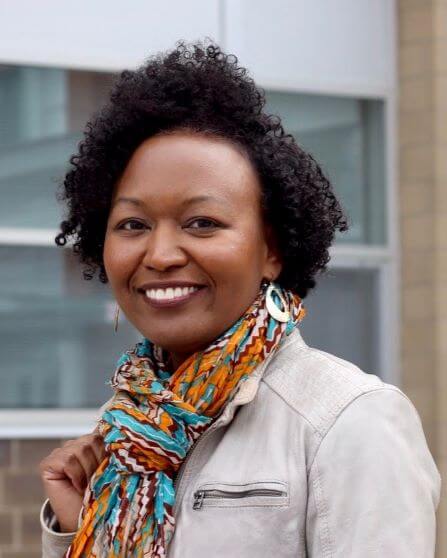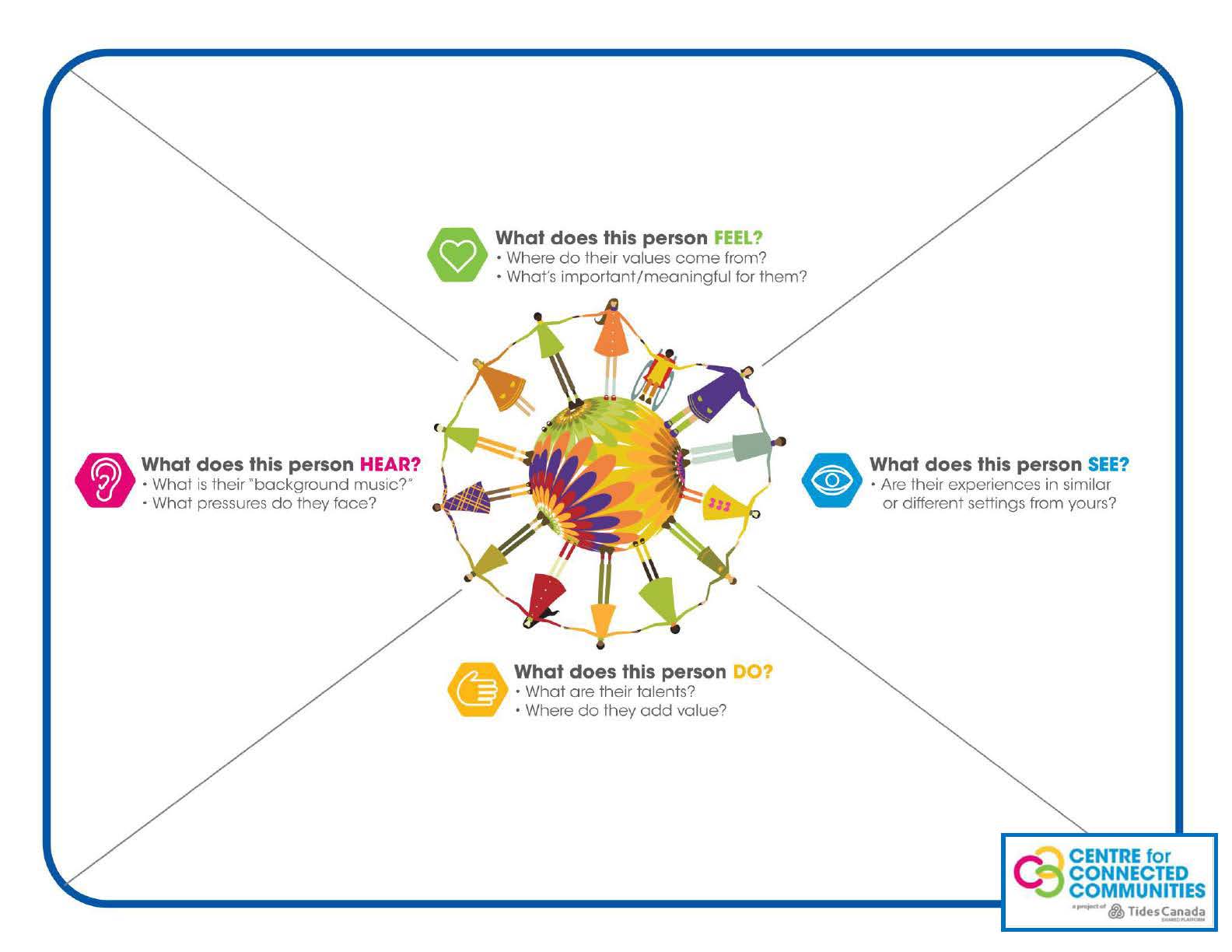- Home
- About Us
- The Team / Contact Us
- Books and Resources
- Privacy Policy
- Nonprofit Employer of Choice Award

I’ve come to think of empathy as the bridge that enables program developers, nonprofit leaders and policy makers to better understand their communities, residents, participants and stakeholders. When it comes to underserved communities, empathy is a good place to begin the learning and knowledge building of diverse lived experiences. With the insights that come from taking an empathic approach, you are equipped to create valuable and sustainable services, policies and programs that benefit a broad and diverse range of community members.
communities, residents, participants and stakeholders. When it comes to underserved communities, empathy is a good place to begin the learning and knowledge building of diverse lived experiences. With the insights that come from taking an empathic approach, you are equipped to create valuable and sustainable services, policies and programs that benefit a broad and diverse range of community members.
If empathy is the bridge, then conducting an empathy map is the first step on this bridge and a starting point on your journey towards inclusive design and intersectional analysis.
What is empathy mapping?
Empathy mapping was developed by Dave Gray, co-founder of the design consultancy XPlane. An empathy map is a simple visualization tool used to illustrate knowledge about a user’s behaviors, mindset and attitudes. It’s a tool that puts the person (their context, life experiences, feelings and thinking) at the centre. By focusing on the people who will use the service or program, program designers are able to gain a deeper appreciation of users’ perspective and environment. Program designers can, as a result, better articulate users’ needs, and hopefully create holistic services and solutions. Empathy mapping is a way to get in alignment with how specific groups of people engage with your organization and how they really feel about, and are impacted by, your service, program or policy.
When we understand the needs of the most vulnerable in our communities, and design services and supports that include them, we are creating positive impact for all of us.
Many of the past projects that I have worked on with foundations and non-profit organizations have included empathy mapping. Clients wanted to better understand “how and why” specific groups of people make decisions, engage and think about services and programs. For example, why are some groups of youth succeeding in employment training programs and others not? What motivates youth to participate and complete skills development programs? Other clients wanted to get clarity on the results of their program evaluations. For example, why were young newcomer women less likely to apply to STEM (science, technology, engineering and math) related training programs? Why were young women having a more challenging time with specific program curriculum and content?
At a basic level, an empathy mapping exercise involves exploring 5 key questions from the user’s point of view: what is the user doing, seeing, hearing, thinking, and feeling (including pains and gains)? What I find valuable about this approach is how it can be used to build trust between leaders, organizations and the people they serve by including diverse perspectives. For example, I’ve used empathy maps with Boards during strategic planning processes or as an awareness building activity when there have been socio-economic changes within a community. Empathy mapping is an approach that demonstrates an organization's willingness to unlearn, learn and relearn.
Empathy mapping also helps in program evaluation design by encouraging staff to think through accessibility and engagement when it comes to data collection. The Connected Communities Approach is a fabulous example of community building practices that are founded on empathy, trust and building authentic and meaningful connection to people. For more on how to conduct an empathy mapping exercise, I would recommend visiting this resource.

Empathy Map Image from: Centre for Connected Communities
Empathy mapping can be done as an internal exercise involving cross departmental staff, it can be done as a strategic planning exercise, and it can be done with close partners and stakeholders. The more diverse perspectives you are able to engage in the process, the richer your insights.
You may also choose to involve the populations you are trying to support in an empathy mapping exercise. We have used this tool with program participants as a reflective exercise that highlights where they have been and where there are going. To use this as an engagement tool with community residents, I would recommend that you take an asset based approach and begin by drawing out the strengths, talents and knowledge that already exist within a group or community. You could then ask about what they were feeling and thinking prior to participating in the program and later move to questions related to their current goals and aspirations. Another way to engage community members is to ask them to fill in any gaps, adapt or add insight to an existing empathy map.
An empathy map is a living document that should be shared, updated and revised. It’s time to revise or create a new empathy map when the context changes (socio-economic changes, environmental changes or other disruptions), when you are focusing on a new program, service or policy, or when you have additional data from evaluations.
An empathy map illustrates what you know and don’t know about your beneficiaries. It is a valuable tool that encourages teams to put the complex lived experiences of people at the centre of their work. It can be used to deepen understanding, spark conversation, change minds, and challenge assumptions. It is a first step to inclusive and equitable thinking.
We can help you get started. Let's chat when you are ready to start (or continue) your journey towards creating equitable opportunities and solutions.
Chanel Grenaway has over 20 years of experience in the non-profit sector focused on integrating equity and intersectionality practice into workplace cultures. She has worked with Foundations, multi-service non-profit agencies and academic institutions. She currently supports organizations to improve their equity and inclusion outcomes through equity assessments, training and knowledge building, community engagement, and action planning. She also coaches leaders, board members and staff teams on how they can normalize conversations about racism and integrate equity based approaches in their programs, policies and services. www.chanelgrenaway.com